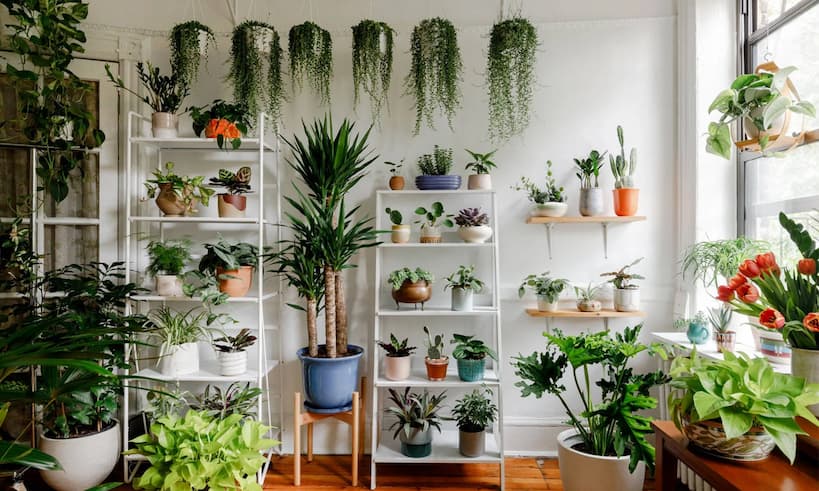Indoor Gardening: Tips and Examples of Lush Greenery
Want to add a fresh touch to your home décor that’s seamless and affordable at the same time? Invest in plants! A home without greenery is like a puzzle you left out unfinished – missing a few key pieces. I don’t care what your excuse may be for not having plants; whether you live in a studio apartment or a rented home or just lack outdoor space, there’s always room for improvement with indoor greenery.
You also won’t be able to convince me by playing the “brown thumbs” card because I too wasn’t blessed with green thumbs yet still managed to liven things up with some carefully-chosen potted greenery. You have plenty of options to beautify the living space, some of which are placing single plants in highlight spots, grouping them in the same pots, or grouping them to create an indoor urban garden spot by keeping them in their designated pots and plant stands.
How to Choose Indoor Plants?
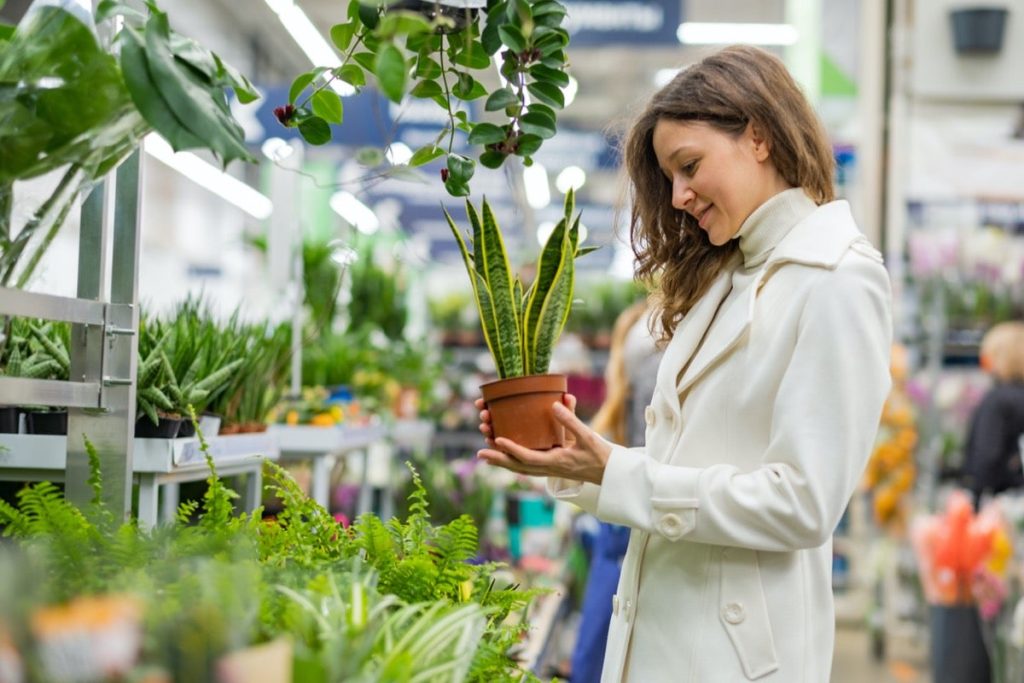
Think of them as living things with specific requirements to stay healthy and happy. Like us, they need adequate light, temperature, room, air, water, and nutrients to grow and flourish. Don’t mean to sound pessimistic or discouraging but leave out one of these and you set your garden up for failure.
Keep these in mind when you decide to buy indoor plants for sale as you’d be surprised by the variety available at the stores, ranging from small to large ones, and low-maintenance to high-maintenance. Consider your lifestyle to see if you’re a good candidate for low or high-maintenance species and the location where you live with the hours and spots of the house where there’s more light to make the shopping easier and more successful.
Also, if you live with pets or even toddlers, then you ought to pay attention to whether or not a plant is poisonous and would pose a danger. Those lilies (and even the lily of the valley) sure are beautiful things to behold, amazing with their lovely colours and differing scents, but if you’ve watched Breaking Bad you know how poisonous they can be. Poisonous to our lovely feline and canine friends, as well as humans – especially tiny humans who are beyond curious and explore their surroundings with touch and taste.
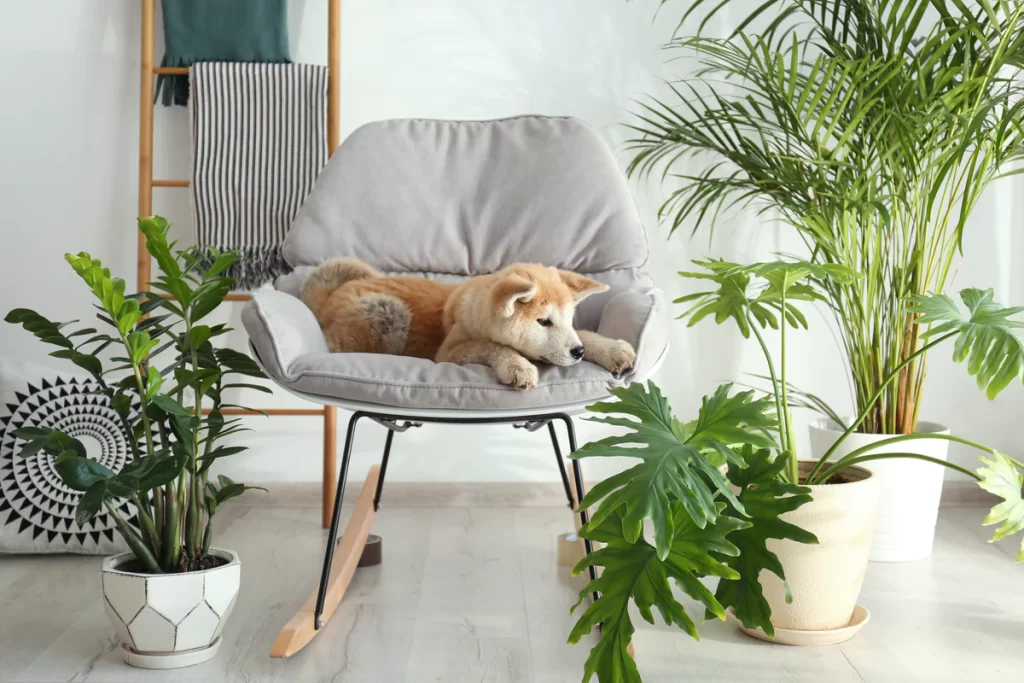
In terms of tending to your vegetation’s needs, if you have a certain degree of trouble with knowing when to water them, which is one of the main concerns of most people with brown thumbs, you would benefit from specialised self-watering containers. They have a built-in reservoir you only need to fill up occasionally and let the roots pick up the water themselves.
An additional accessory I found highly helpful was the soil moisture metre that can be directly inserted into the soil of the indoor plants you choose. With the moisture level indicator, you’re able to see when the greenery requires their hydration and when they don’t.
Popular Options
If you prefer to make the shopping process even simpler, just pick out what others are buying. Some of the most popular indoor house plant purchases are:
Rubber Plant
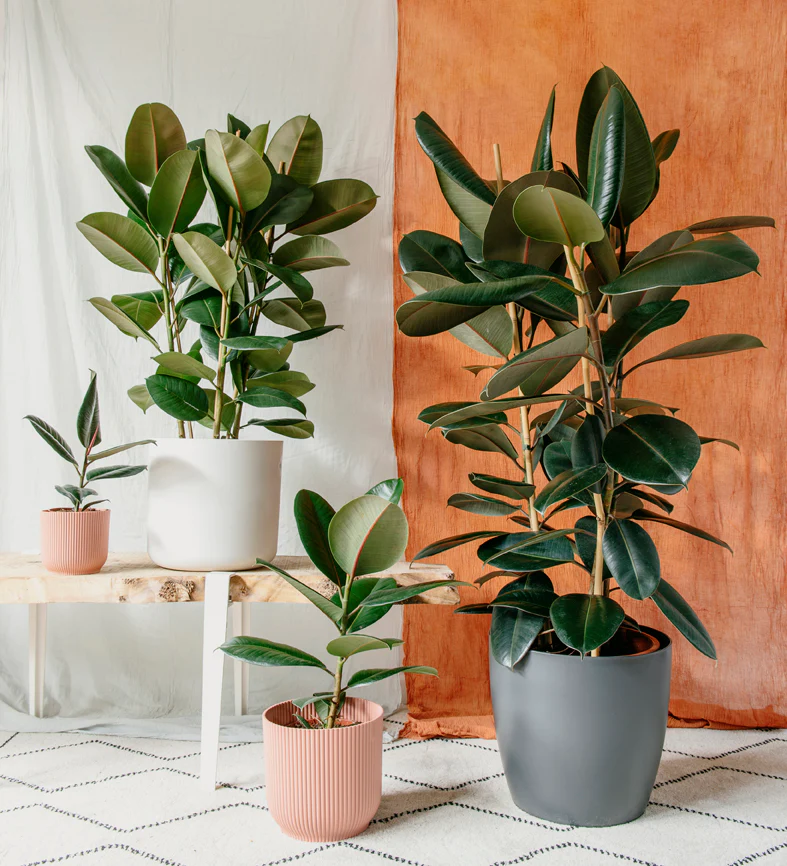
This is part of the Ficus species and is a quite common sight in many households around the world. The great thing about them is they are moisture sensitive, so you only get to water them when the soil is dry, and they especially thrive in indirect sunlight spots. They can grow considerably, even indoors in a pot, so you can expect them to get as big as 180cm or more. The perfect temperature for them is between 18 and 27°C.
Snake Plant
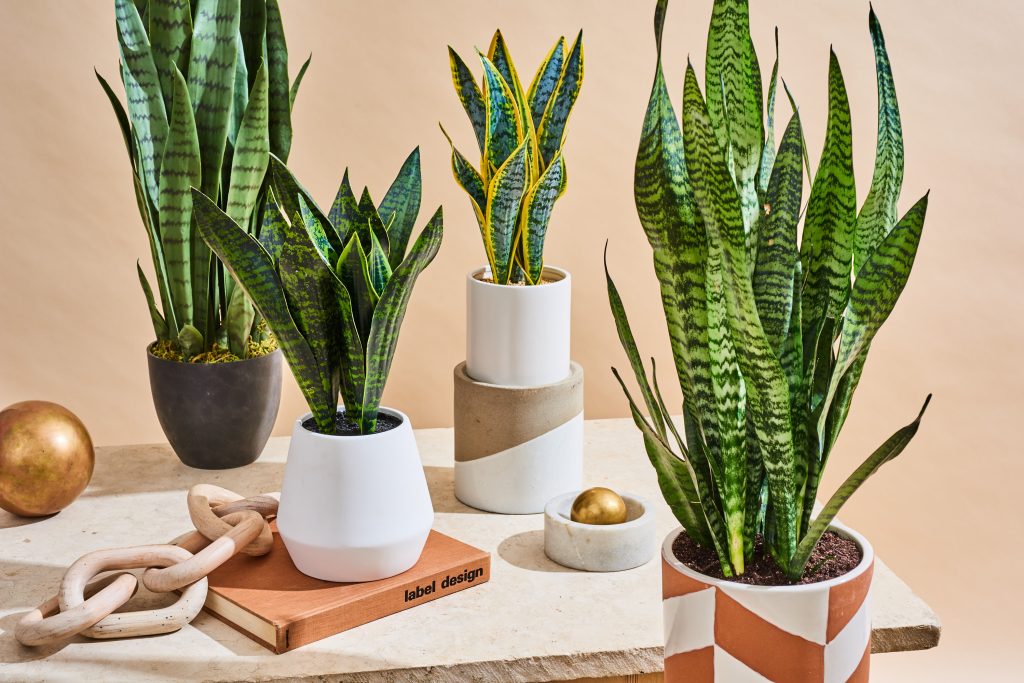
This is another common and tall-growing species (though not as tall as the rubber house plants). It’s also low-maintenance in terms of watering, as you’d only get to water it fortnightly once the soil is dry. In winter, this comes down to once a month, and they don’t like cold, so ideally they should be kept in temperatures between 15 and 30°C. Even though they tolerate direct sunlight exposure, and thrive, these home-delivery indoor plants are best kept in indirect sunlight.
Monstera
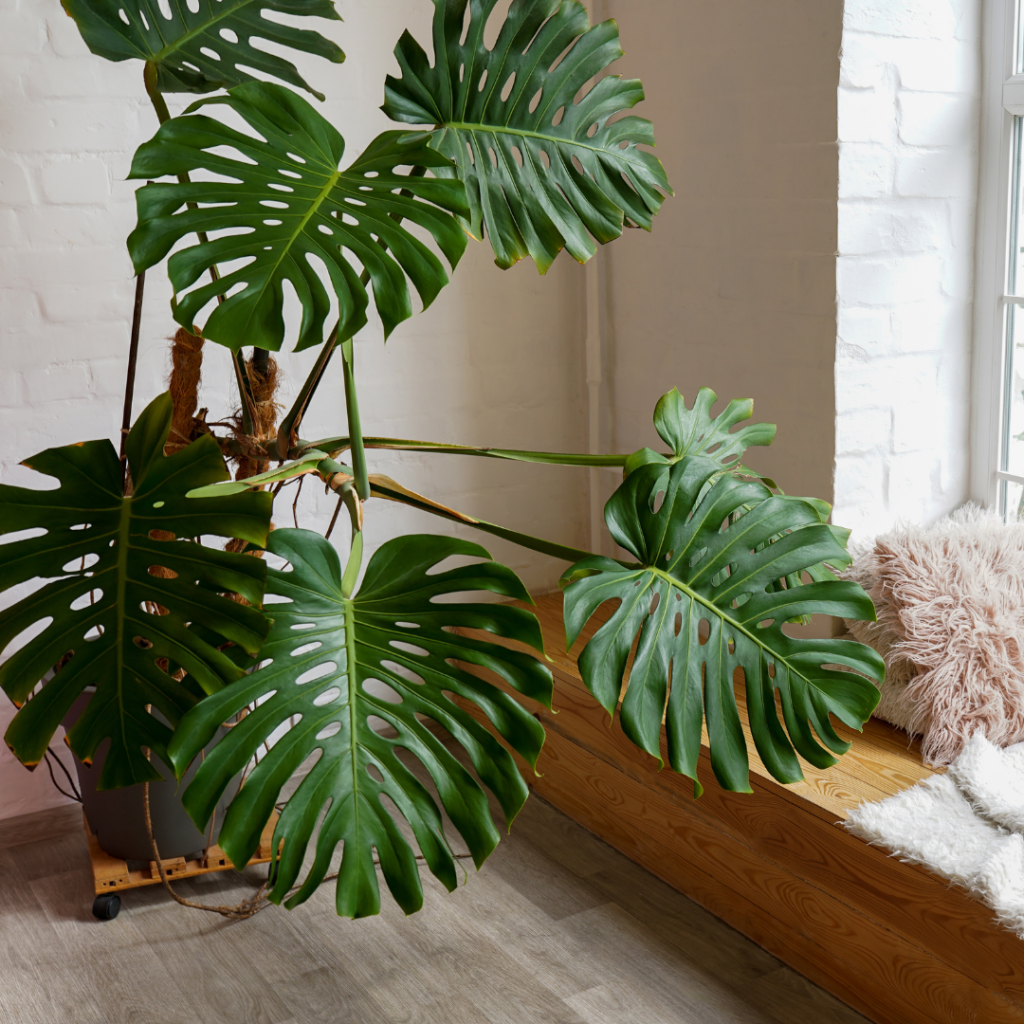
If you’d love to add some tropical feel, monstera with its leaves can instantly boost your interior. Much like the other two options, it likes occasional watering, every week or two, and they are best left in indirect sunlight spots. Although it tolerates temperatures of up to 10°C, it doesn’t thrive in them, so ideally they should be in households with temperatures ranging from 15 to 30°C same as the snake plant.
How Do I Keep My Indoor Plants Happy?
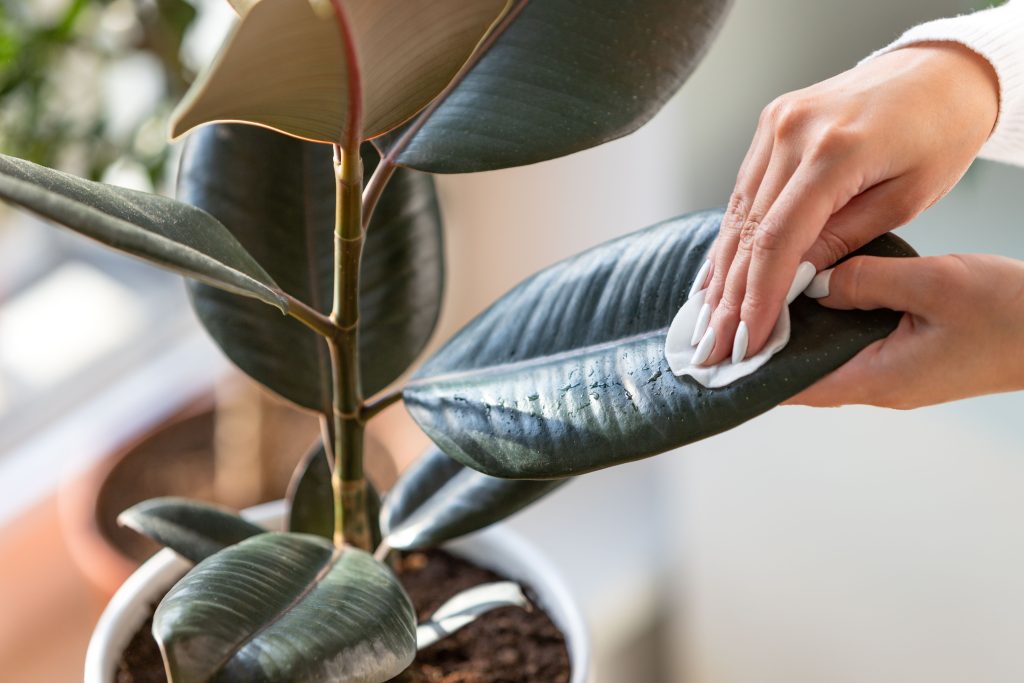
According to research, plants pick up vibrations, so the easiest way to keep them happy, aside from providing them with their basic needs that is, would be to simply talk to them. I know what you’re thinking – it’s a rather awkward practice. I too shared this opinion until I started talking to them the same way I talk to my husband, son, and cat, and I’ve noticed a difference in their growth.
Of course, what you say to them and how you say it is important, so be sure to tell them how beautiful they are, and watch this positive vibration work its magic soon after. Keeping your lovely houseplants safe from insects is part of the deal too, so I’d advise you to keep an eye, keep a journal, and in case of intrusion you’d be able to spot the signs fast and take timely measures.
Washing them occasionally, and ensuring they get good air circulation would be of help too. Lastly, providing them with the needed nutrients is another way of showing them some TLC. Instead of buying ready-made products, take up a fun home project with the kids and show them what sustainable gardening is all about by making up your compost.
Adding browns like leaves and stalks for carbon, greens like grass clippings, vegetable scraps, coffee grounds, organic full-leaf tea, and eggshells for nitrogen, all neatly cut up in smaller pieces and thrown in a compost bin would provide you with the nourishing home-made compost plants love. One final tip: remember to occasionally turn and mix the compost to maintain it and reduce the chances for pathogens to occur.

